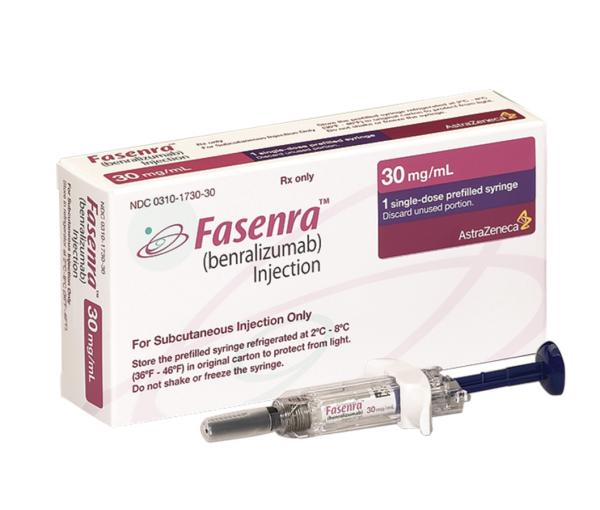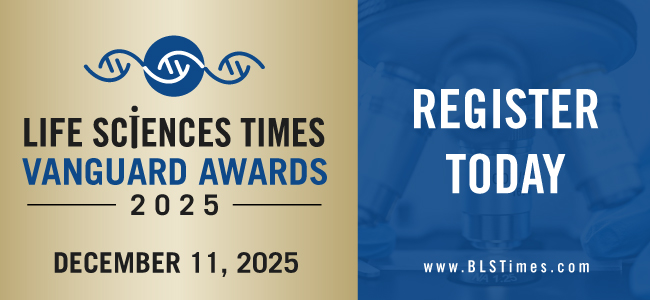WILMINGTON, Del. — AstraZeneca said new full results from the Phase III NATRON trial show that FASENRA (benralizumab) significantly delayed the time to first disease worsening or flare in patients with hypereosinophilic syndrome (HES), a rare condition driven by elevated eosinophils. The findings will be presented at the American College of Allergy, Asthma and Immunology (ACAAI) 2025 Annual Scientific Meeting in Orlando.
HES includes a group of rare disorders marked by persistently high levels of eosinophils, a type of white blood cell. The disease can lead to chronic organ and tissue damage and may be fatal if untreated. Current treatment options often rely on glucocorticosteroids, chemotherapy medicines, tyrosine kinase inhibitors and an anti-interleukin-5 monoclonal antibody.
The NATRON study evaluated the efficacy and safety of FASENRA in patients with HES. Participants received either a 30 mg subcutaneous injection of FASENRA or placebo once every four weeks. The trial met its primary endpoint. Patients who received FASENRA experienced a statistically significant delay in the time to first HES flare and a 65% reduction in the risk of worsening compared to placebo (19.4% vs. 42.4% events; HR 0.35; 95% CI: 0.18, 0.69; P=0.0024).
Princess U. Ogbogu, Division Chief of Pediatric Allergy, Immunology, and Rheumatology at University Hospitals Rainbow Babies and Children’s Hospital and Case Western Reserve University in Cleveland, and principal investigator for the trial, said HES can severely affect quality of life. “The NATRON results suggest we have the potential to help HES patients with benralizumab, significantly reduce the risk of flares, hematologic relapse and improve fatigue severity compared to placebo with a single monthly dose regime,” she said.
Sharon Barr, Executive Vice President, BioPharmaceuticals R&D at AstraZeneca, said the results further support the medicine’s role in eosinophilic-driven diseases. “By sharing the full results from NATRON with the medical community and progressing our regulatory filing, we hope to realize a future in which FASENRA helps patients with HES who currently have very limited options,” she said.
The trial also met all key secondary endpoints. Treatment with FASENRA resulted in fewer patients experiencing a flare or withdrawal (22.4% vs. 45.5%; odds ratio: 0.31; 95% CI: 0.14, 0.69; P=0.0033). There was a 66% reduction in the annualized rate of HES flares (0.41 vs. 1.23 flares per year; rate ratio: 0.34; 95% CI: 0.18, 0.63; P=0.0008). Time to first hematologic relapse was also delayed (hazard ratio: 0.08; 95% CI: 0.03, 0.20; P<0.0001). Improvements in fatigue were noted by Week 4 and continued through Week 24.
Data from NATRON will also be presented at the American Society of Hematology (ASH) Annual Meeting and Exposition in December 2025.
The safety profile observed in the NATRON trial was consistent with the known safety profile of FASENRA.
FASENRA is currently approved in more than 80 countries as an add-on maintenance treatment for severe eosinophilic asthma in adults, and in the U.S. and Japan for children and adolescents ages six and older. It is also approved in more than 60 countries for the treatment of adults with eosinophilic granulomatosis with polyangiitis.



